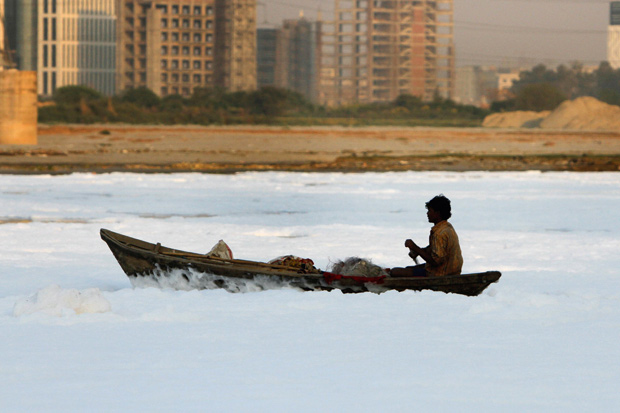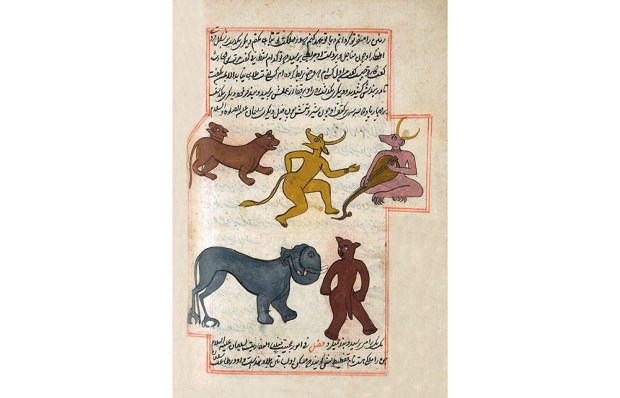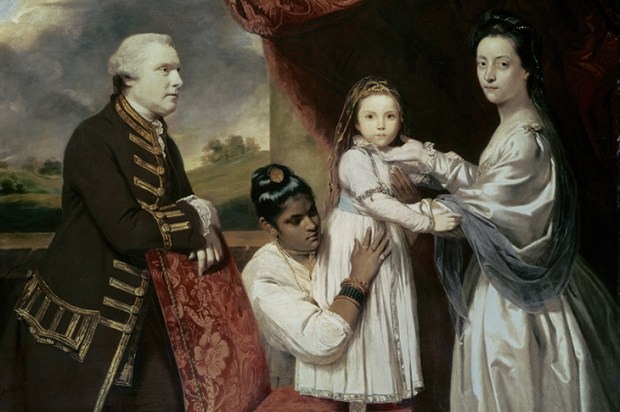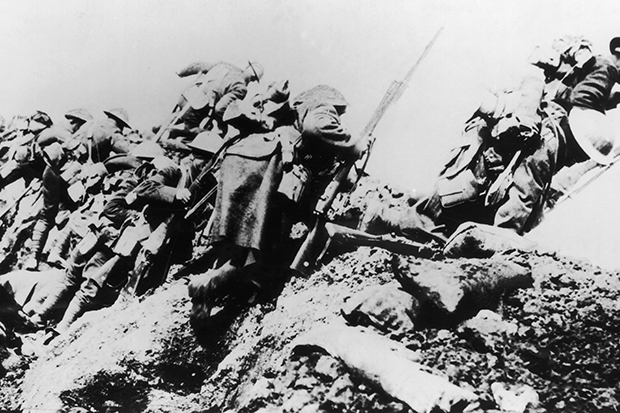Rana Dasgupta, who was born and brought up in Britain, moved to Delhi at the end of 2000, principally to pursue a love affair and to write his first novel. He soon found himself mixing in bohemian circles, spending his evenings in ‘small, bare and, in those days, cheap’ apartments, talking with ‘artists and intellectuals’. These are not the people, nor is this the life or the city that he describes in Capital. The book’s title is in fact a pun, since its principal subject is money: how it is acquired, how it is spent and what it has done to Delhi and its citizens.
When India gained independence it was decided that the state needed to exercise ‘a considerable measure of intervention and control’ if this vast new country was to thrive and benefit all its people. A closed and centrally planned economy more or less persisted until 1991 when the then finance minister (now Prime Minister) Manmohan Singh introduced ‘liberalisation’, opening up the country to global markets.
One result has been India’s astonishing economic rise; but while some villagers in rural Bengal now have mobile phones, the disparity between those who have accumulated almost unimaginable wealth and those who still lack such basic requirements as fresh water and proper sanitation has grown even wider. Dasgupta suggests that the poor have become ‘totally irrelevant’ to the national enterprise. Visiting the Bhalwa Colony, a slum accumulated around a vast rubbish tip in north Delhi, he writes:
It is impossible to communicate how remote and inaccessible this place is, though it is in the middle of one of the world’s largest cities. It is easy to understand how national borders might separate populations with very different access to the global economy, but more difficult to conceive of how such divisions might run through a single city.
Capital is constructed around a series of mesmerising interviews, largely with members of Delhi’s ‘entrepreneurial’ class. Their identities mostly disguised, they speak with astounding and in some cases incriminating frankness about how they have achieved wealth, power and status through bribery, political corruption, land-grabs, money laundering and beating up anyone who gets in their way. What Dasgupta calls ‘the flourishing bourgeoisie’ tends to flourish at the expense of the poor, hundreds of thousands of whose homes have been torn down to make way for glossy new apartment complexes and shopping malls. Like most Indian cities, Delhi has been subject to large influxes of refugees during its history, but according to Dasgupta the ‘enormous transfer of wealth and resources from the city’s poorest to its richest citizens’ that has taken place since 2000 has ‘turned many of the former into refugees in their own city’.
How did this transfer happen? The final entry under ‘Nehru, Jawaharal’ in the index of Ramachandra Guha’s magisterial India After Gandhi (2007) reads bleakly: ‘Work undone by daughter Indira.’ Dasgupta concurs, noting that it was during Mrs Gandhi’s long premiership that widespread collusion between thrusting businessmen and corrupt politicians became more or less accepted. He further suggests that the communal violence which followed Mrs Gandhi’s assassination in 1984, during which politicians and police not merely stood by but actually encouraged and facilitated the massacre of thousands of Sikhs, ‘sent a definitive message that law was a degenerate part of Indian social life and one’s only moral duty was to oneself’.
Illegal and financially advantageous deals between politicians and entrepreneurs in the wake of deregulation allowed essential national resources to pass into private hands, while public administration became ‘a money-making venture’. The notion outlined in Clause 39c of the Indian Constitution that ‘the ownership and control of the material resources of the community are so distributed as best to subserve the common good’ had been wholly abandoned.
Among many lively episodes in Dasgupta’s appropriately large, sprawling and populous book is one describing the experience of driving in Delhi. ‘The road is the place from which people derive their image of the entire city,’ Dasgupta writes, and the sheer aggression he observes among drivers, the urge to get ahead of everyone else whatever the cost, ignoring all signs, lights, codes and laws, suggests that this image is not inaccurate.
Dasgupta traces such behaviour back to Partition, when some million refugees from the Punjab were added overnight to the city’s population. A member of ‘one of Delhi’s old and august Muslim families’ tells him that the city was ‘completely rattled by the loudness, aggression and entrepreneurship of the migrant Punjabis’; but it is perhaps unsurprising that people whose neighbours had turned murderously against them, and who had lost everything and been obliged to start again from scratch, felt that they could trust no one and should grab what they could when the opportunity arose — and before anyone else did.
Dasgupta observes that among the many things Partition destroyed was a shared national culture, and this led to refugees resembling
one of those trauma patients who adopts a personality opposite to their own so as not to be susceptible to the same hurt again. That older personality, all that tolerance and eloquence, was effeminate, they seemed to say, and it only got us screwed. Now we will care about nothing that we cannot touch, and we will let nothing stand in the way of us getting more of it.
While the overall effect of Capital is hugely dispiriting, the book is not without its dark humour, as when Dasgupta describes those Delhi citizens who have retreated to what he calls ‘enclaves of efficient post-public living’, with their fleets of expensive cars and their huge mansions protected by security guards, whose ‘main qualification for this non-job’ is that they are ‘alive rather than, say, not’. He frequently adopts a deliberately bland tone when describing the most outrageous scams and excesses, but beneath it all runs a perfectly controlled and therefore all the more effective anger.
At the end of the book he is taken along the Yamuna river, which the Mughals used to supplement their carefully managed supplies of groundwater. The river is now heavily polluted and groundwater is never properly replenished, merely pumped in from the surrounding countryside, bleeding large areas dry. Private wells are illegal, but those who can afford to install them anyway, further depleting supplies. Like driving, water becomes a metaphor, and while this book is a scarifying portrait of a particular city, Dasgupta argues that
the short-termism of Delhi, the hyper-accelerated existence where everyone is trying to draw out whatever they can before the whole resource is exhausted, is not just Delhi’s problem […] To look at contemporary Delhi is to look at the symptoms of the global 21st century in their most glaring and advanced form.
The ‘strange and disquieting reality’ he has so vividly evoked is the one ‘we are all heading for’.
Got something to add? Join the discussion and comment below.
Get 10 issues for just $10
Subscribe to The Spectator Australia today for the next 10 magazine issues, plus full online access, for just $10.
Available from the Spectator Bookshop, £20. Tel: 08430 600033
You might disagree with half of it, but you’ll enjoy reading all of it. Try your first month for free, then just $2 a week for the remainder of your first year.














Comments
Don't miss out
Join the conversation with other Spectator Australia readers. Subscribe to leave a comment.
SUBSCRIBEAlready a subscriber? Log in